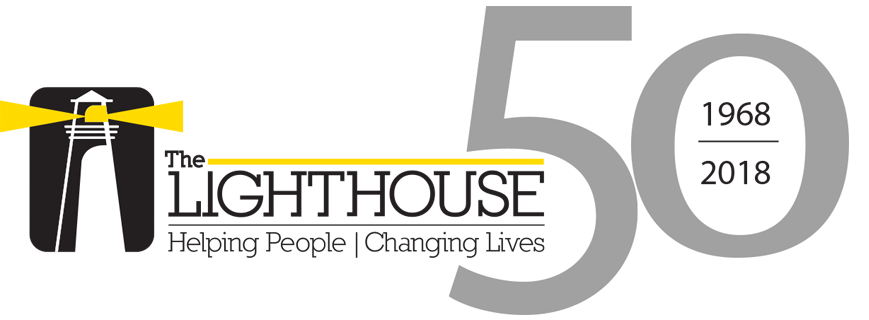In light of World Refugee Day on June 20th, The Lighthouse will be exploring a variety of questions in relation to the Canadian refugee landscape this week.
Everyone has the right to seek and to enjoy in other countries asylum from persecution.
Article 14 (1), Universal Declaration of Human Rights
Everyone has the right to life, liberty and security of the person and the right not to be deprived thereof except in accordance with the principles of fundamental justice.
Section 7, The Canadian Charter of Rights and Freedoms
… the refugee program is in the first instance about saving lives and offering protection to the displaced and persecuted…
Paragraph 3 (2)(a), Objectives, Immigration and Refugee Protection Act
Canada has enjoyed a long and rich history of being a place of refuge. Beginning as far back as 1776, when Upper Canada welcomed 3,000 Black Loyalists fleeing oppression during the American Revolution.
Who is a refugee?
Today, the Canadian refugee system can be separated into two distinct branches. The first is Refugee and Humanitarian Resettlement Program, which deals with oversea refugees seeking protection from outside of Canada. The second is the In-Canada Asylum Program, which deals people making refugee claims from within Canada, the inland claimants.
What is the difference between the two branches?
The Refugee and Humanitarian Resettlement Program through the selection of the government along with various groups, such as churches and other private sponsors, work to sponsor and bring into Canada refugees from certain designated countries.
Whereas the In-Canada Asylum Program, applies to all other refugees not brought into the country through the resettlement program. Therefore, these refugees will make their claim at the point of entry (in most cases at the airport) or from within the country (inland applications). With a growing number of designated countries of origin (DCO), countries that do not normally produce refugees as determined by the Canadian government, there is a greater influx of refugees seeking inland protection.

